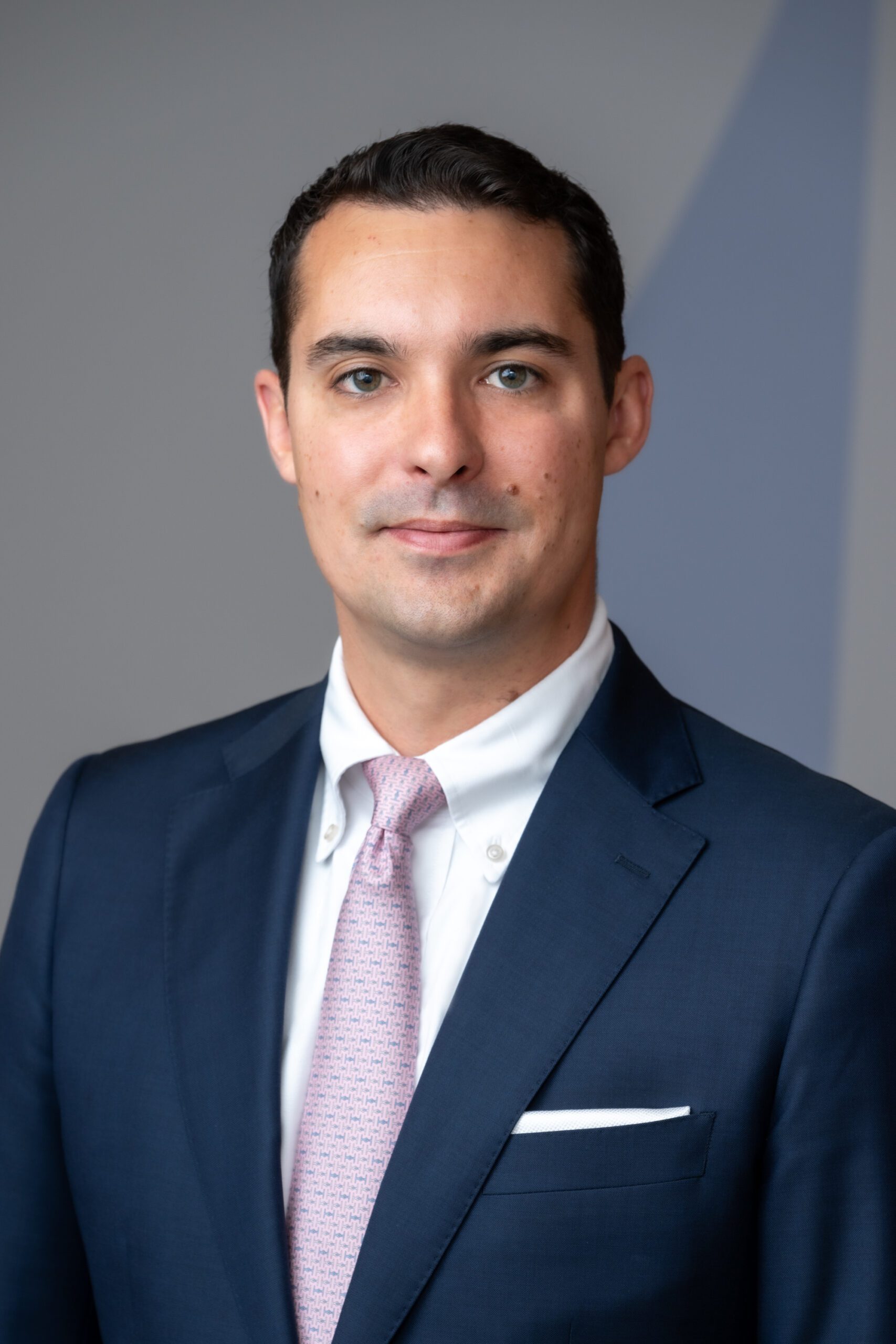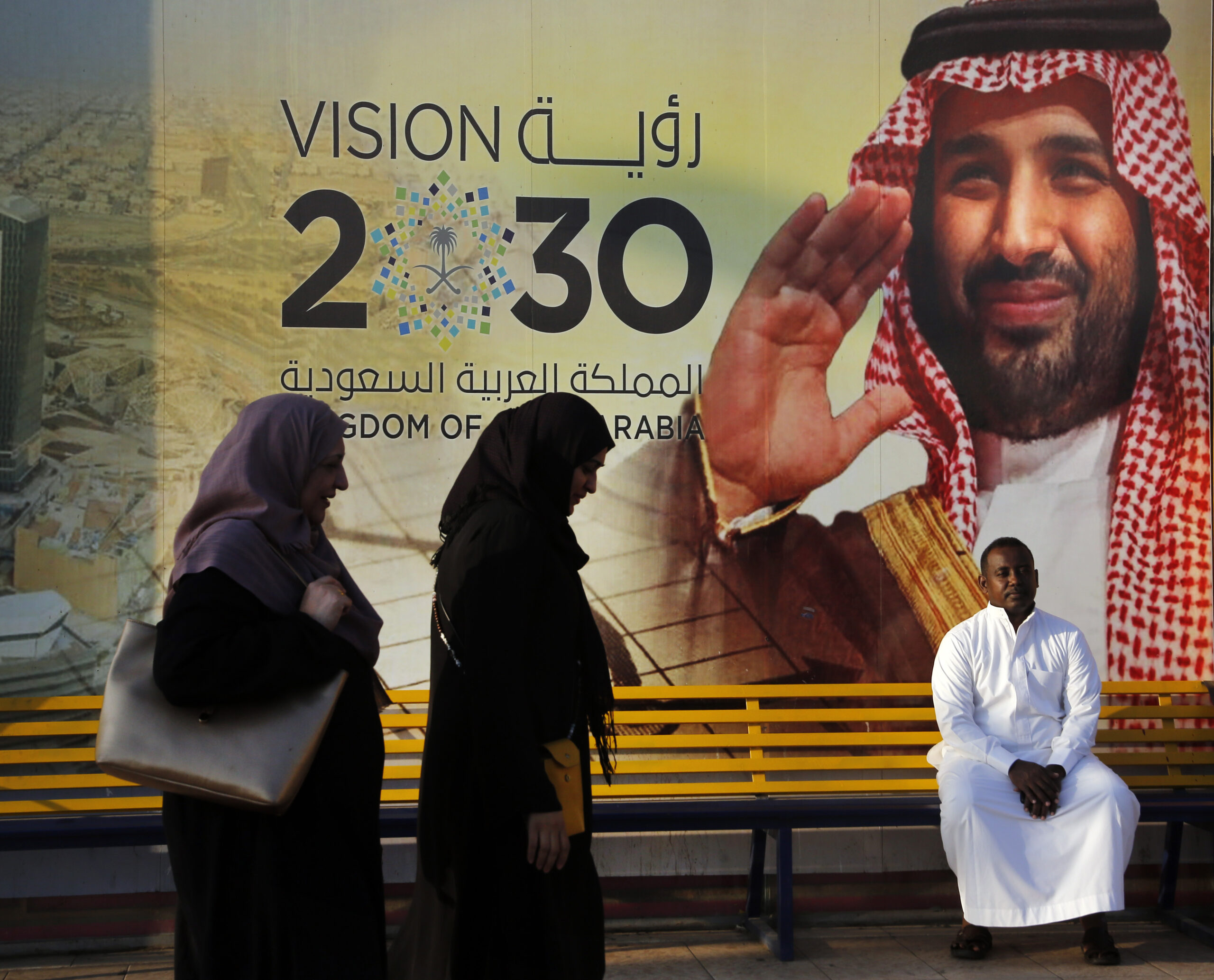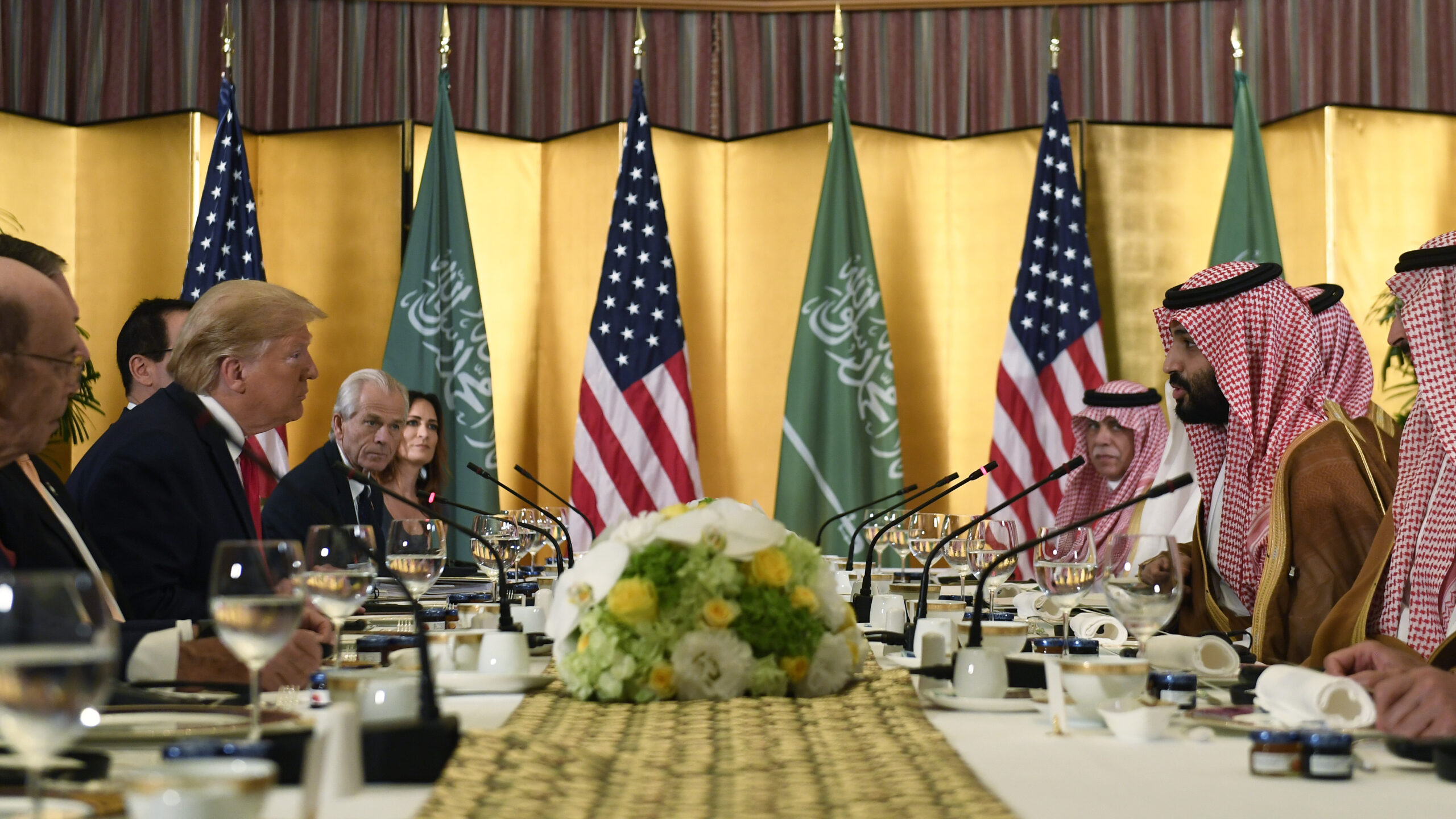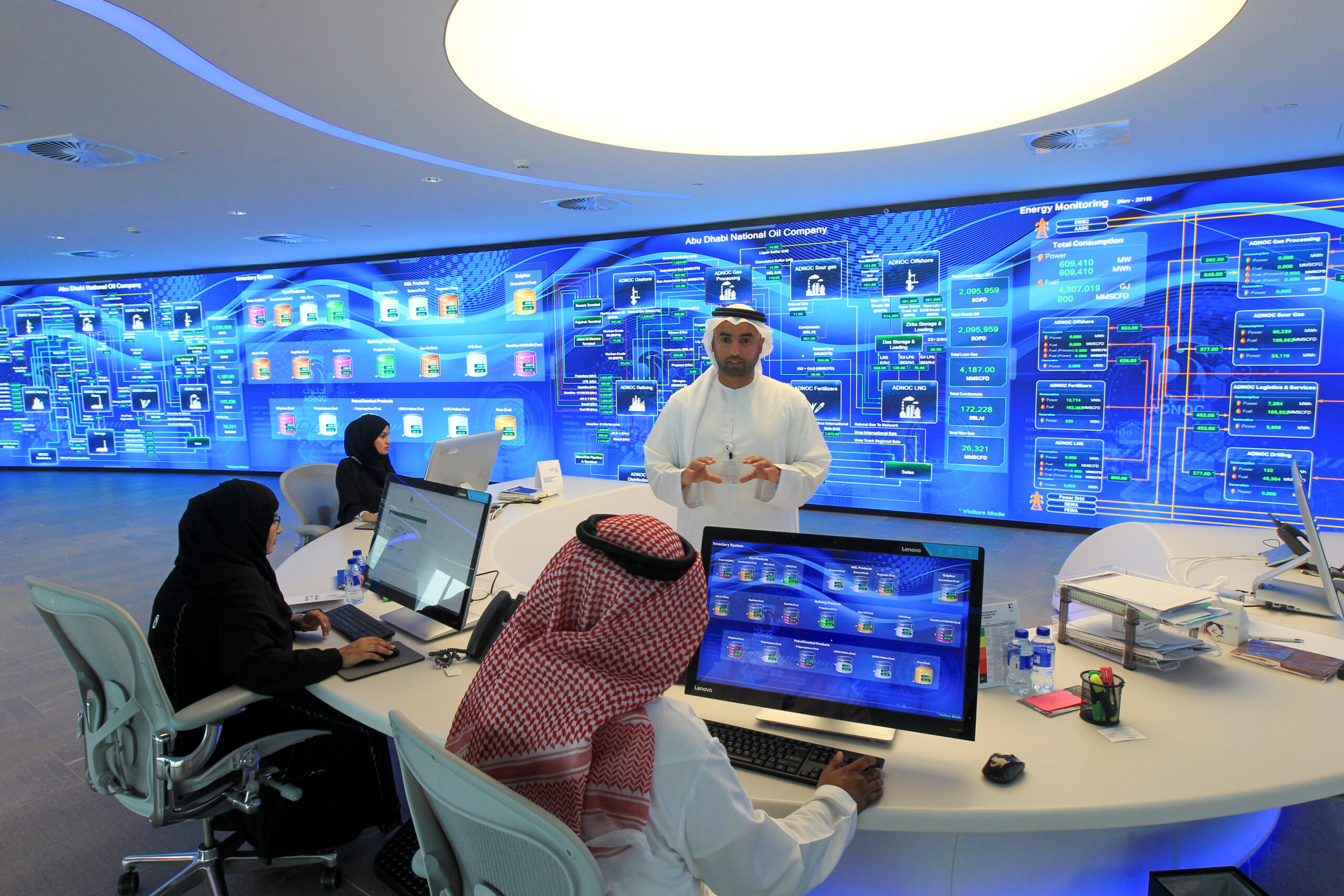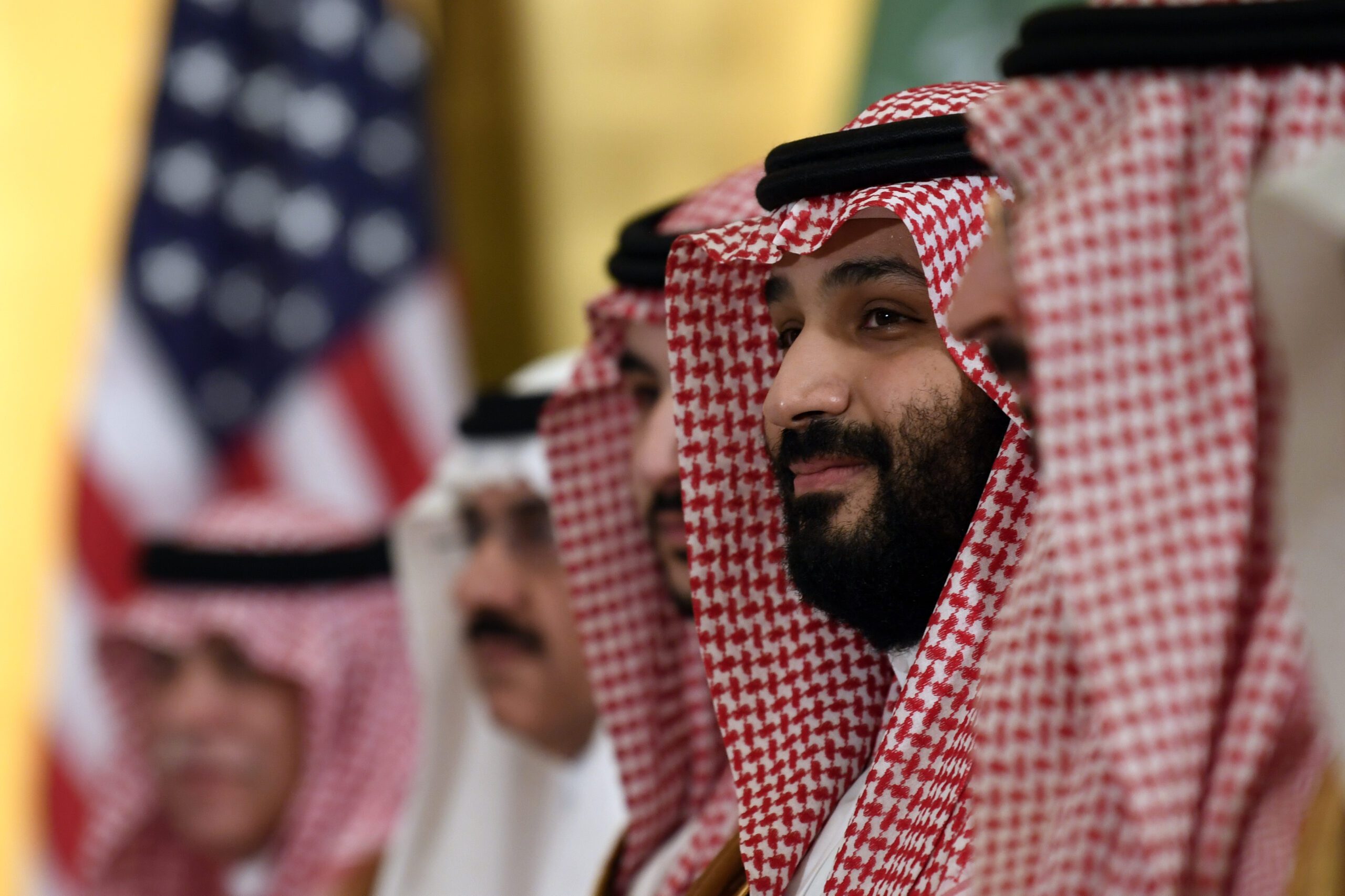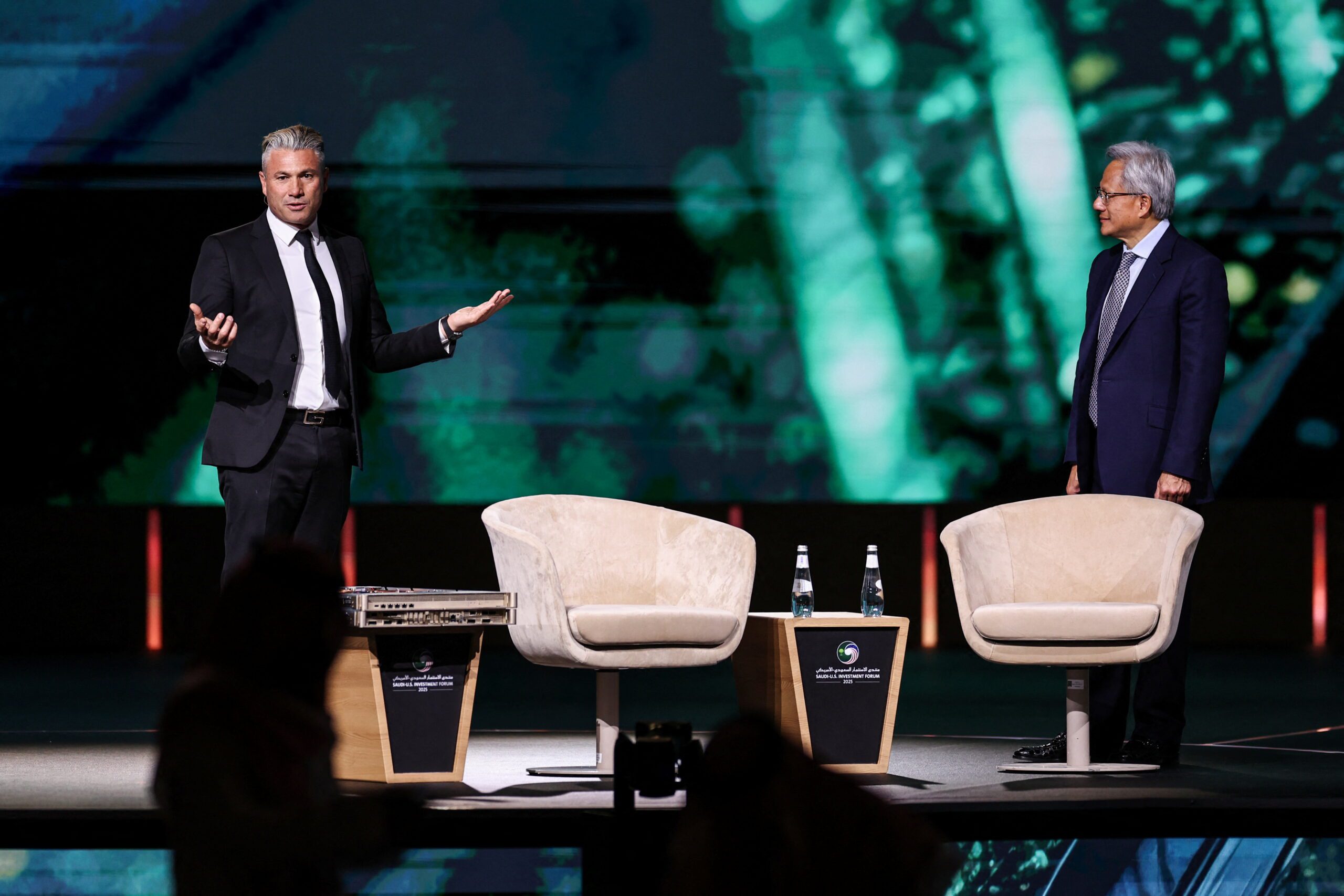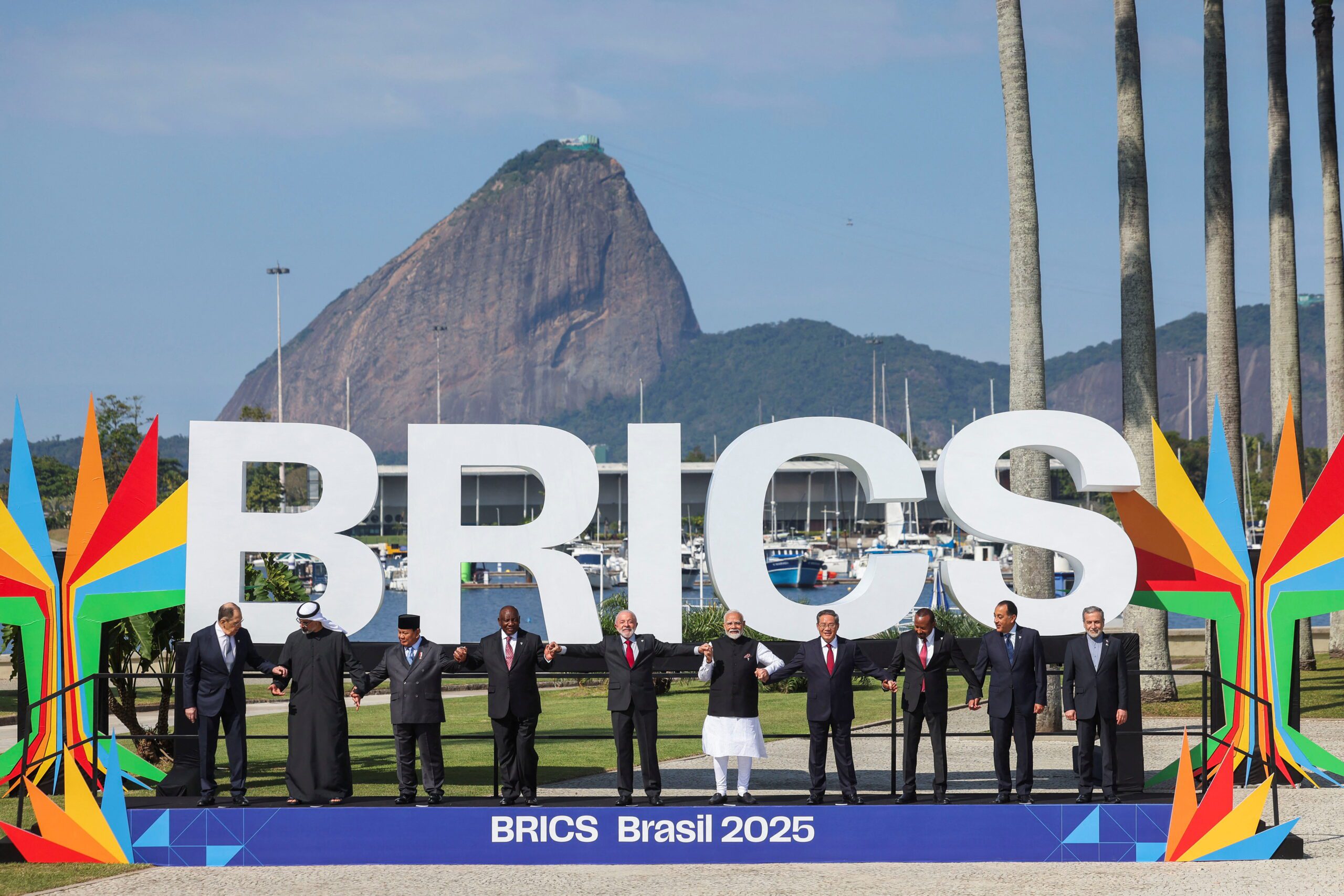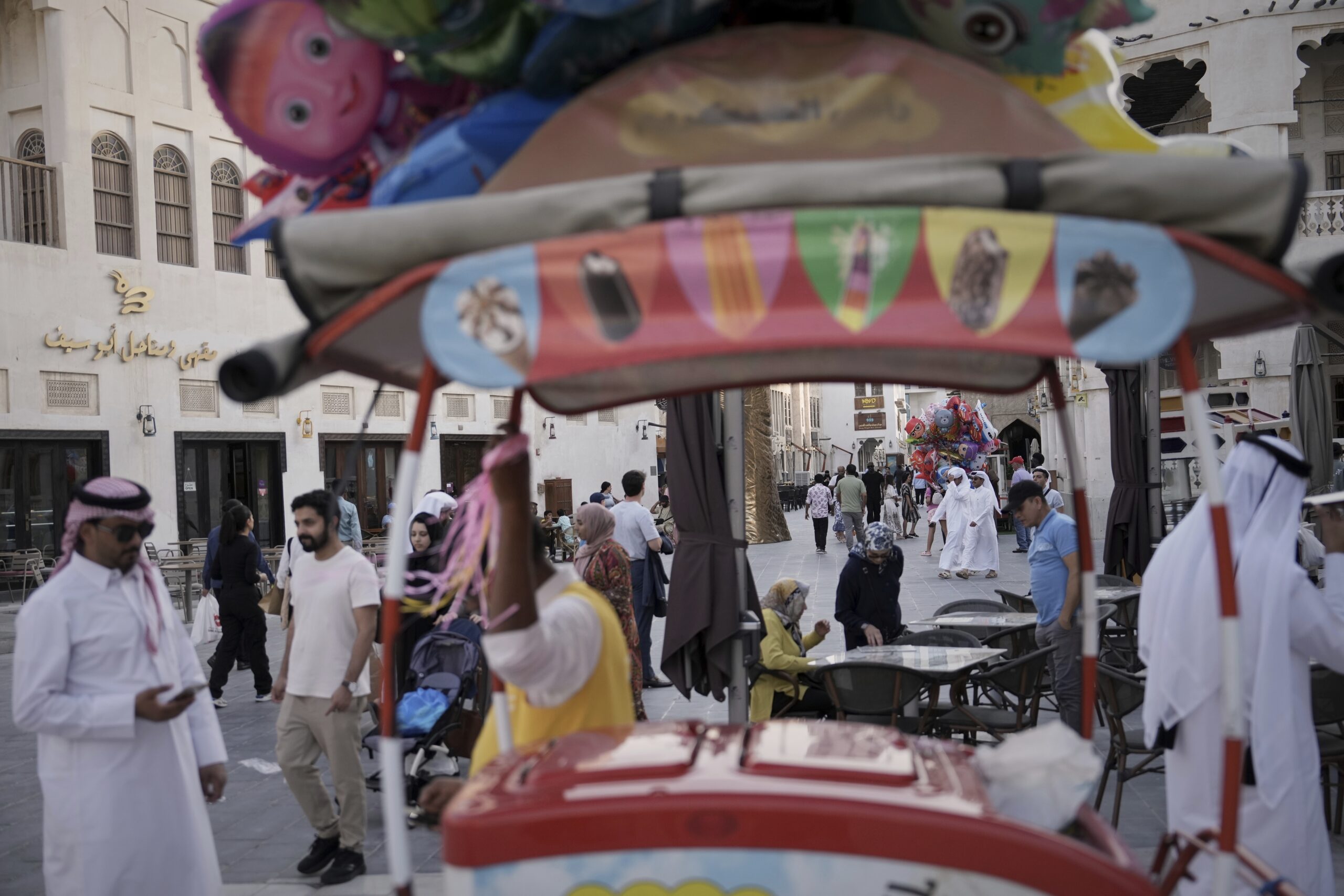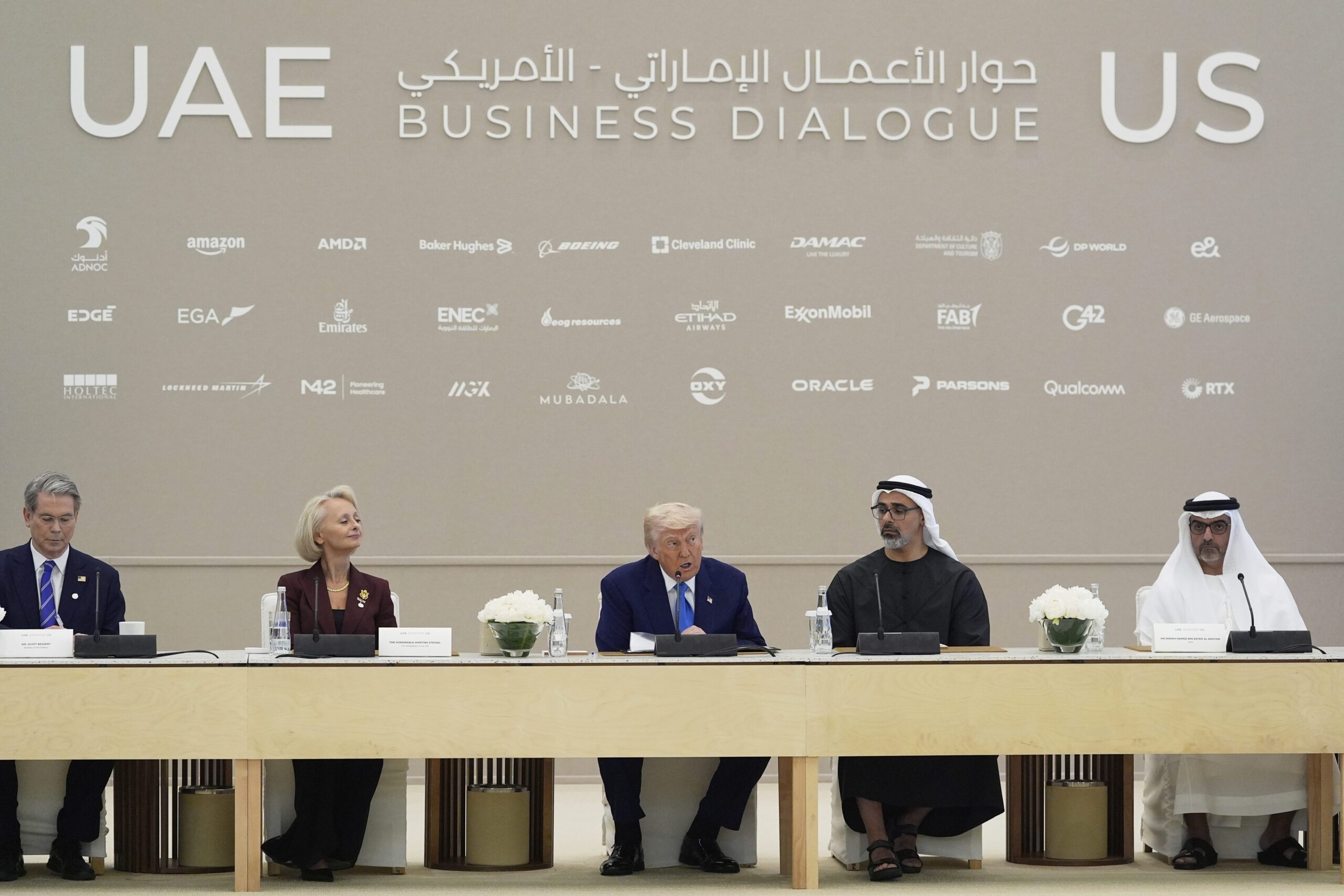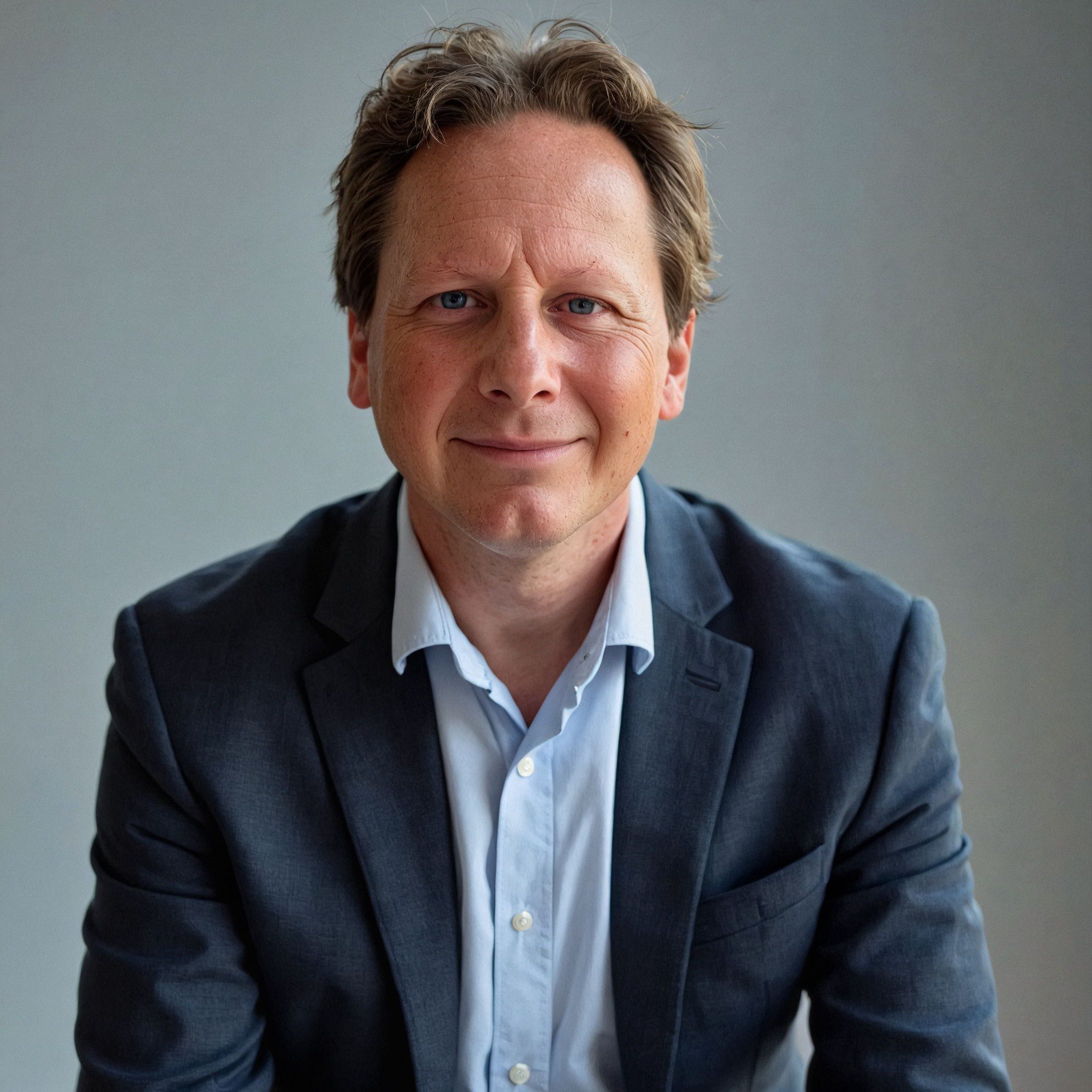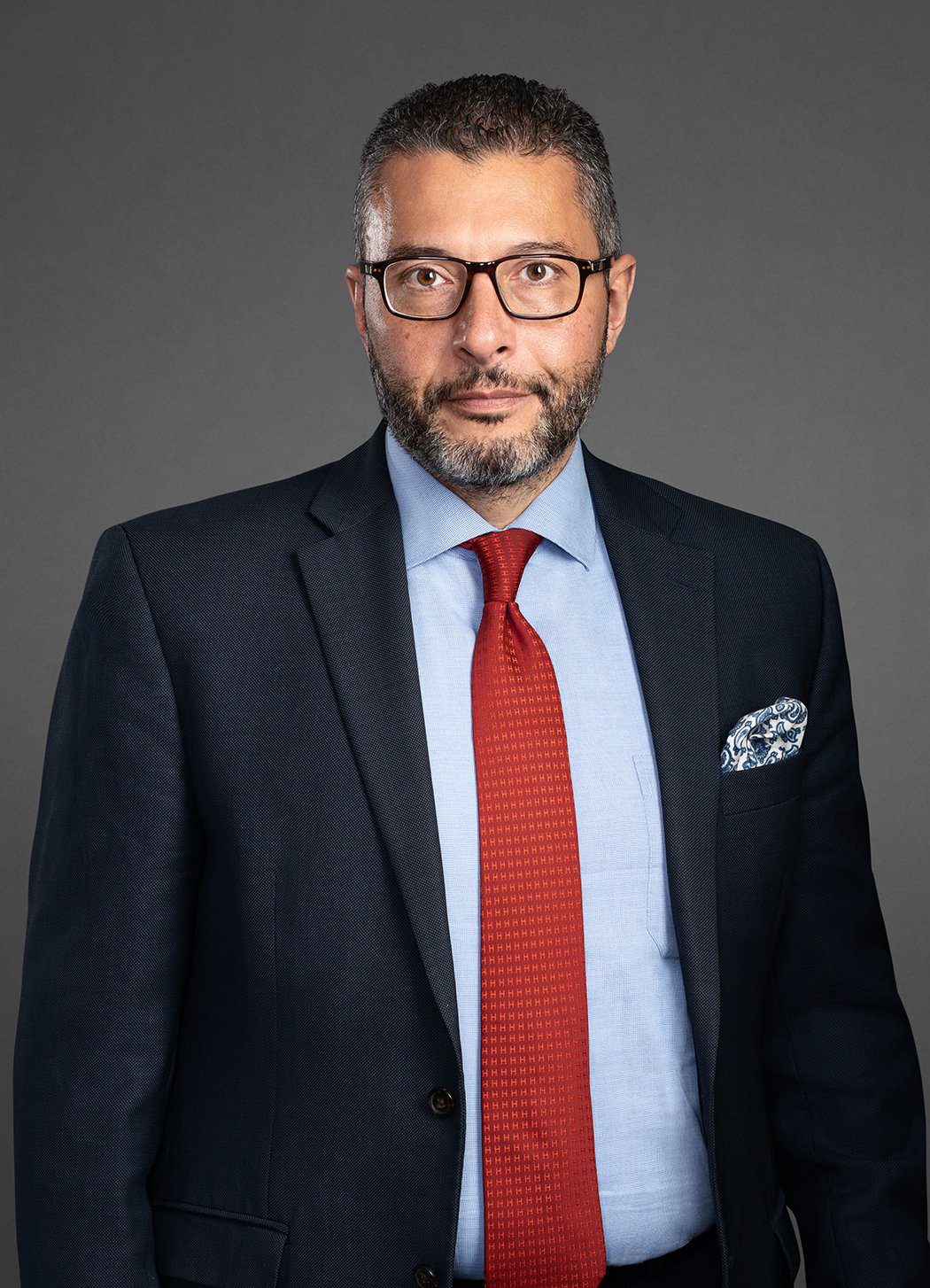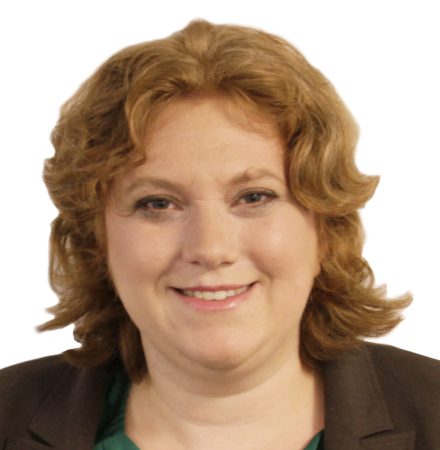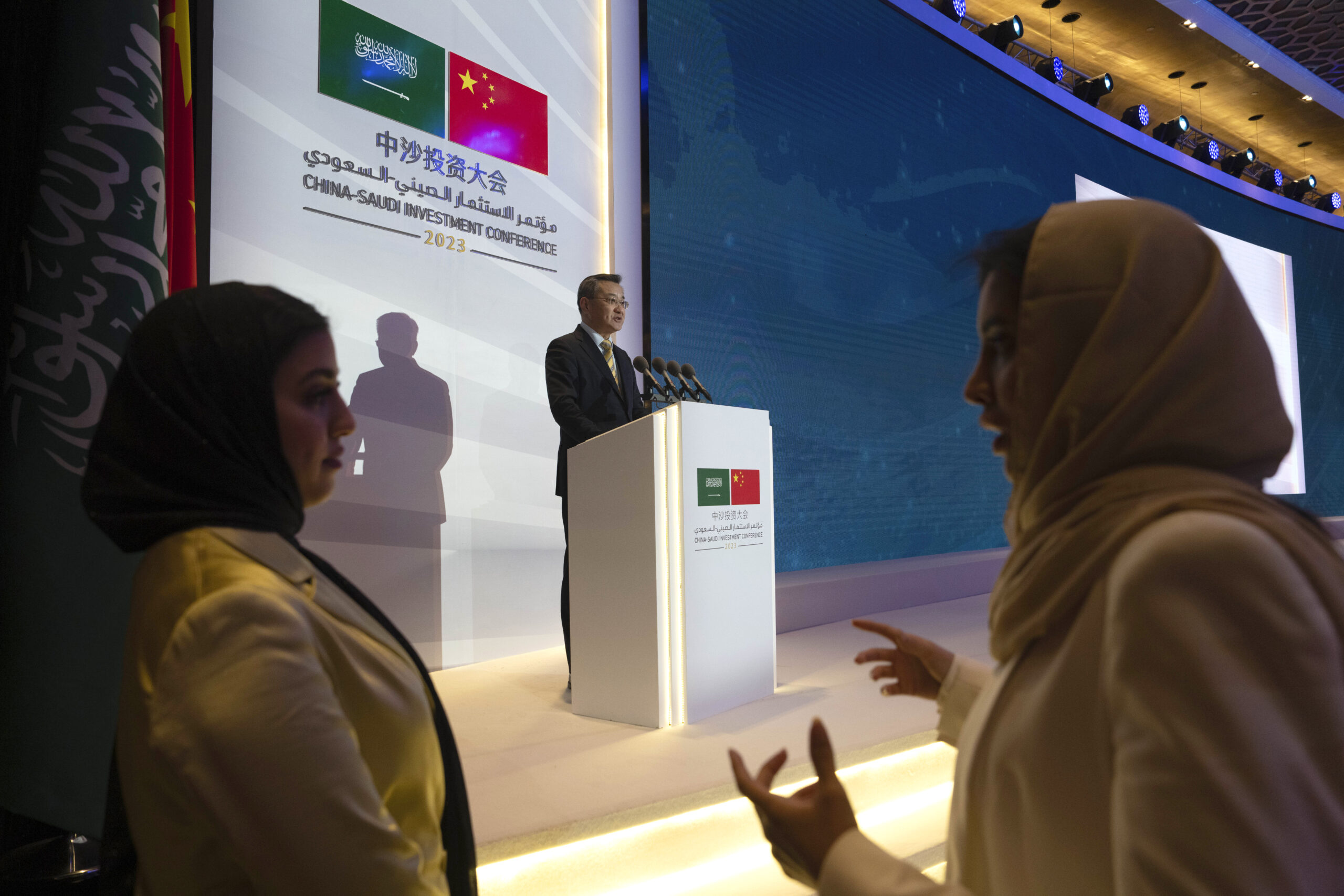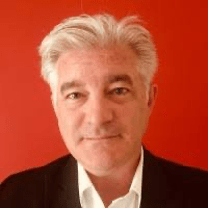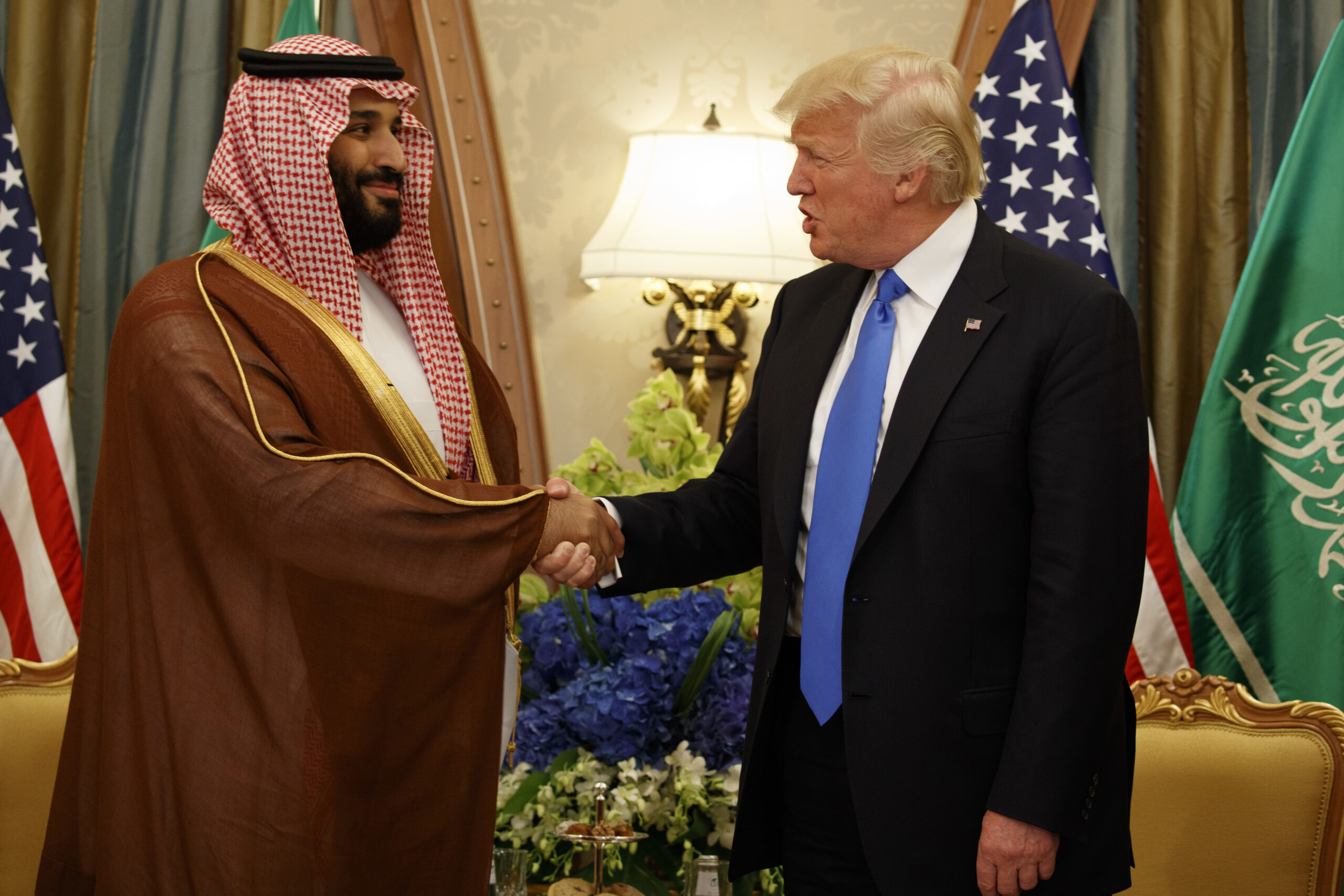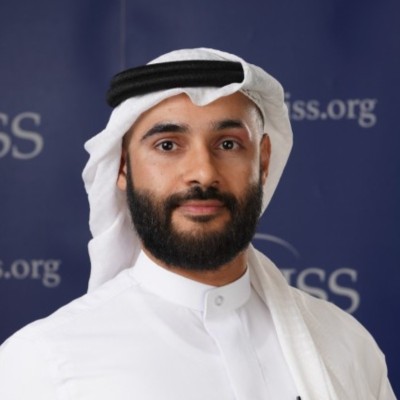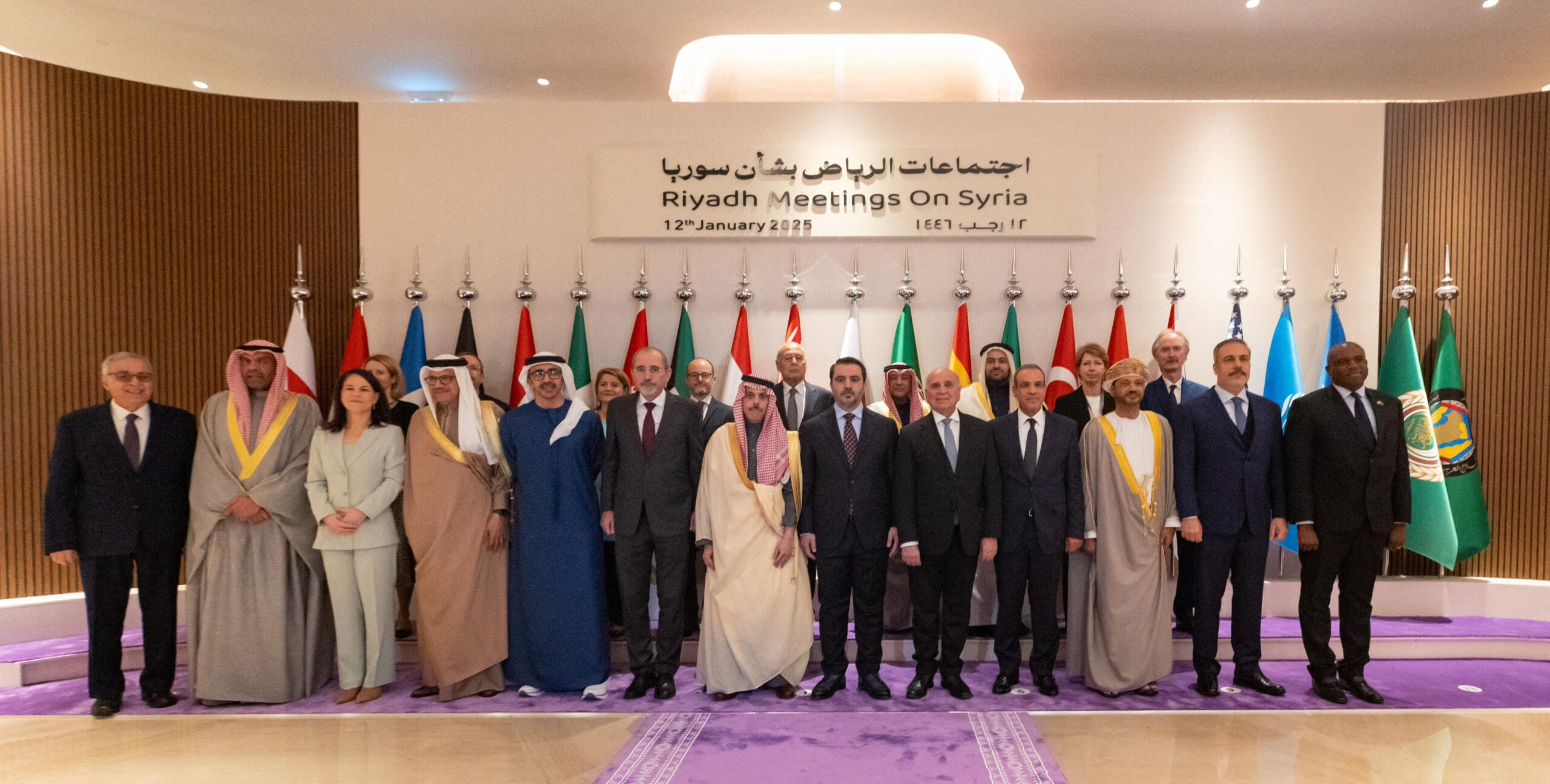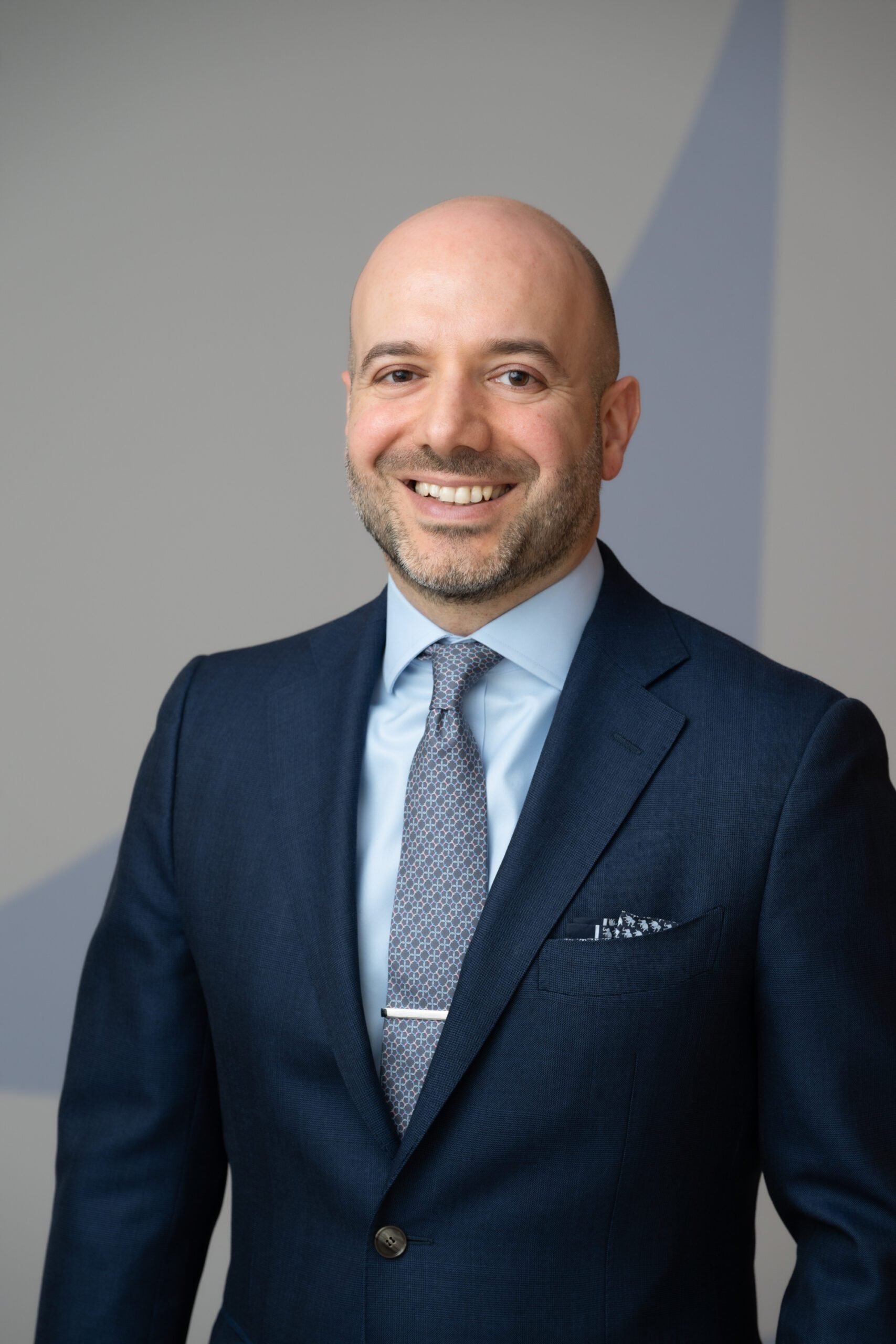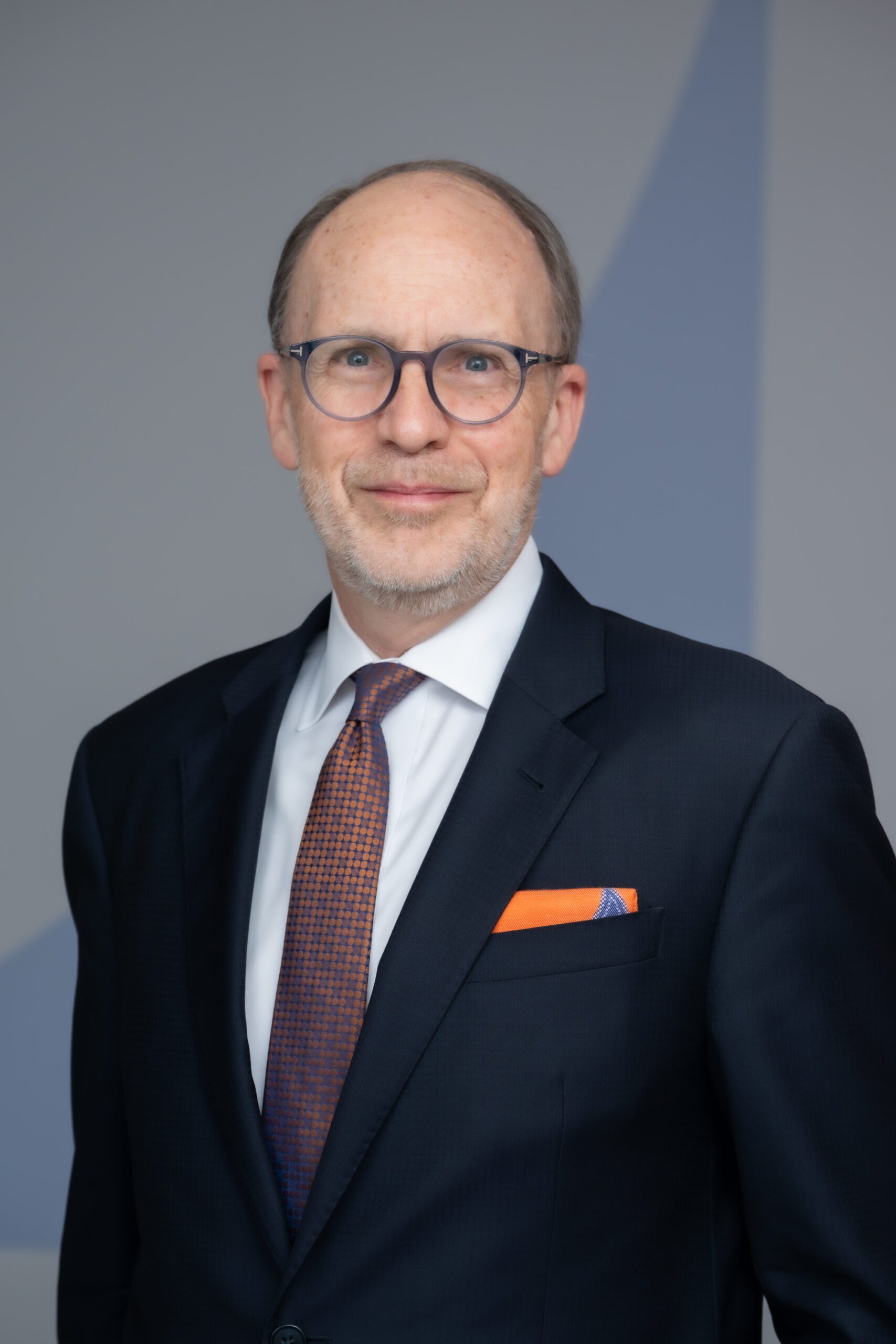Saudi Arabia’s Public Investment Fund Goes on a Spending Spree
A tense period in U.S.-Saudi relations has not dissuaded the kingdom’s Public Investment Fund from investing in major U.S. companies during an opportunistic spending spree.
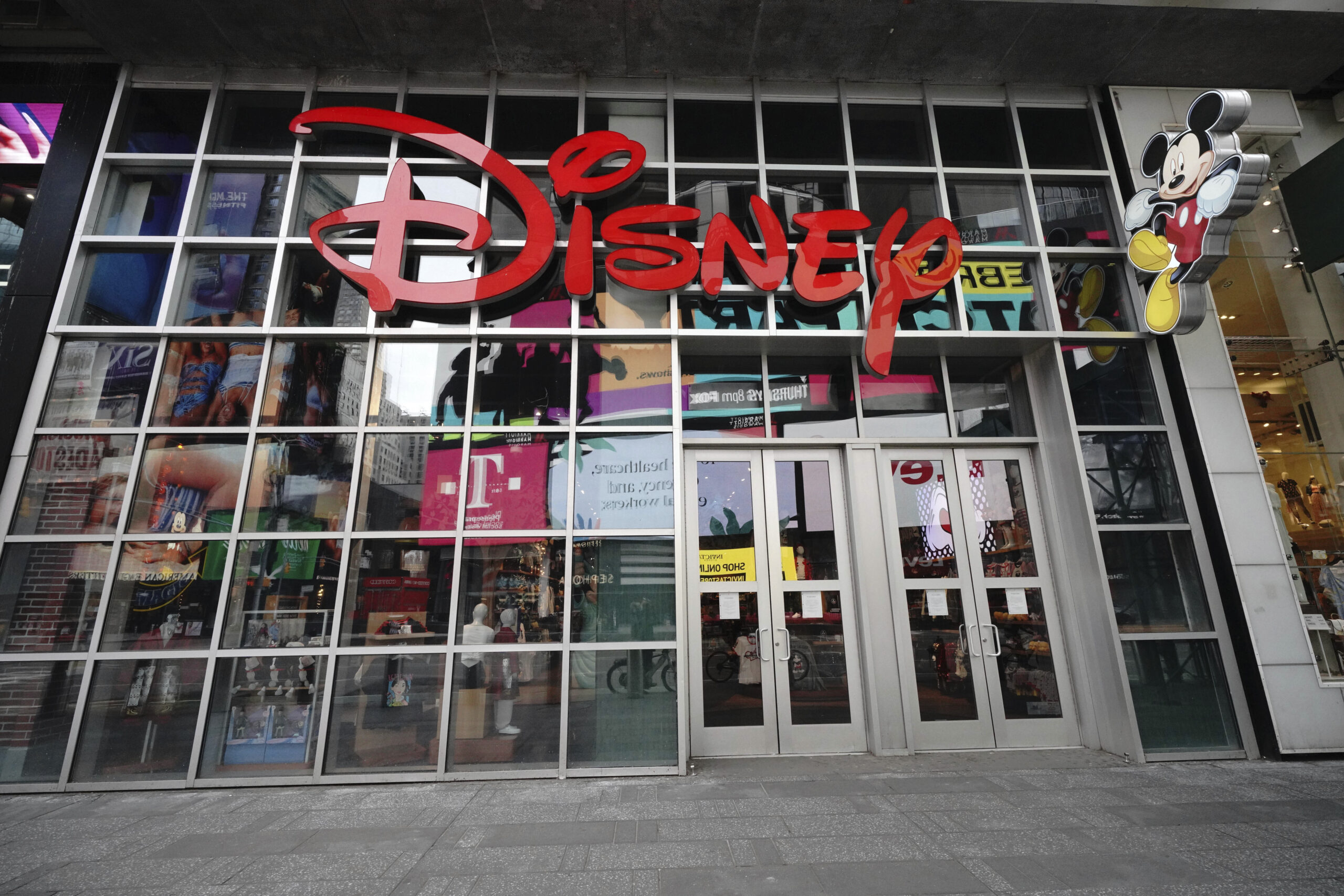
Saudi Arabia’s Public Investment Fund assumed minority stakes in major U.S. companies and other U.S.-listed entities during a multibillion-dollar spending spree in early 2020. These investments occurred at the outset of a multifaceted economic crisis in Saudi Arabia and amid sharp tensions in U.S.-Saudi relations. That Saudi fund officials continue to view U.S. assets as worthwhile investments highlights the continued significance of economic ties between the two countries. Moreover, the broad direction of PIF investments signals commercial opportunities for U.S. companies interested in the Saudi market.
The PIF increased its holdings of U.S.-listed equities to $10 billion in the early months of 2020, up from around $2 billion at the outset of the year. U.S. Securities and Exchange Commission filings revealed that much of this investment reflected minority stakes in major U.S. firms: Boeing, Facebook, Citigroup, Bank of America, Starbucks, Disney, Live Nation Entertainment, Marriott, Booking.com, and others. In 2019, PIF officials announced plans to expand the fund’s physical presence in the United States by opening new offices in New York and San Francisco.
Recent investments by the PIF suggest a slight departure from past investment decisions, which included multibillion dollar stakes in companies and even larger investment pledges in separate technology investment funds. Uber secured $3.5 billion from the PIF in 2016, while Tesla received around $2 billion in 2018. In October 2016, the PIF also committed $45 billion to SoftBank’s $100 billion Vision Fund, which reported $18 billion in losses after writing down the valuations of many of its assets. On May 16, the PIF denied reports that it was seeking a $10 billion margin loan backed by its assets in the Japanese fund.
In the first quarter of 2020, reported PIF investments reflected smaller stakes of around $800 million or less across a range of assets perceived as undervalued. Many of the U.S. assets scooped up by the PIF are unlikely to yield a substantial return over the short run. The timing of such investments at the outset of an economic downturn has led to criticism about the efficacy of directing Saudi Arabia’s financial resources to distressed global firms.
The intended strategy behind these latest investments becomes clearer when viewed through a long-term lens and alongside the Saudi government’s national development priorities. Indeed, PIF officials consider the fund a “patient investor with a long-term horizon,” as noted in an emailed statement to Abu Dhabi daily The National. While economic gain is a primary objective of PIF activities, advancing political agendas is another important return on investment. The trajectory of the entertainment, travel and hospitality, and technology oriented industries illustrates the relationship between inward and outward Saudi investments.
Expanding local entertainment opportunities available to Saudis constitutes a key aim of the country’s Vision 2030. The social reforms advanced by Crown Prince Mohammed bin Salman have helped shore up local support for him, especially among young Saudis. Recycling capital domestically – rather than leaving locals with few choices but to spend their cash in Manama, Dubai, or London – is likewise a significant consideration behind major development projects overseen by the PIF. In this vein, stronger institutional linkages with the Walt Disney Company and Live Nation Entertainment are understandable.
Strengthening commercial partnerships with multinational travel and hospitality companies, such as Marriott, aligns with Saudi Arabia’s tourism development plans. A core objective of the PIF is to offer new forms of tourist attractions and propel Saudi Arabia onto the international tourism map. Saudi Arabia’s multilayered tourism industry possesses segments at different developmental stages: established religious tourism, nascent domestic and regional tourism, and ambitions to become a global tourism hub. Marriott International signed an agreement in January to build the Middle East and North Africa region’s first Fairfield by Marriott hotel in Mecca. Hyatt Hotels Corporation had expected to double the number of its hotels by 2023 prior to the coronavirus outbreak.
Rather than multibillion-dollar gambles on trendy apps or electric vehicle companies, the recent slate of technology oriented investments focused on firms that provide the nuts and bolts for digital transformation processes. Cisco Systems and Qualcomm deal in telecommunications equipment, semiconductors, and other high-tech services. Two other companies in which the PIF invested modest amounts, IBM and ADP, offer a range of products and services for global firms and governments seeking to develop tech-driven economies.
Not all of the PIF’s recent investments in early 2020 involved U.S. companies. British Petroleum, Royal Dutch Shell, Canadian Natural Resources, Broadcom, and Carnival are a few examples. The Saudi sovereign wealth fund is also pursuing a controversial takeover of Newcastle United, an English professional football club. A number of these companies are listed on U.S. stock exchanges or have headquarters in U.S. cities. Therefore, the economic welfare of these companies – and the PIF’s role in their finances – is not entirely divorced from the health of the U.S. economy.
There is a crude logic to the PIF’s recent spending spree. But even with coronavirus-related bargains, the economic transformation envisioned by the Saudi government was never going to be cheap. Some of this spending and investment is likely to spill over to U.S. firms – creating commercial tidal pools wherein a rising economic tide could lift both Saudi and U.S. boats. Realizing solid returns on investment, however, is far from guaranteed.
The views represented herein are the author's or speaker's own and do not necessarily reflect the views of AGSI, its staff, or its board of directors.
